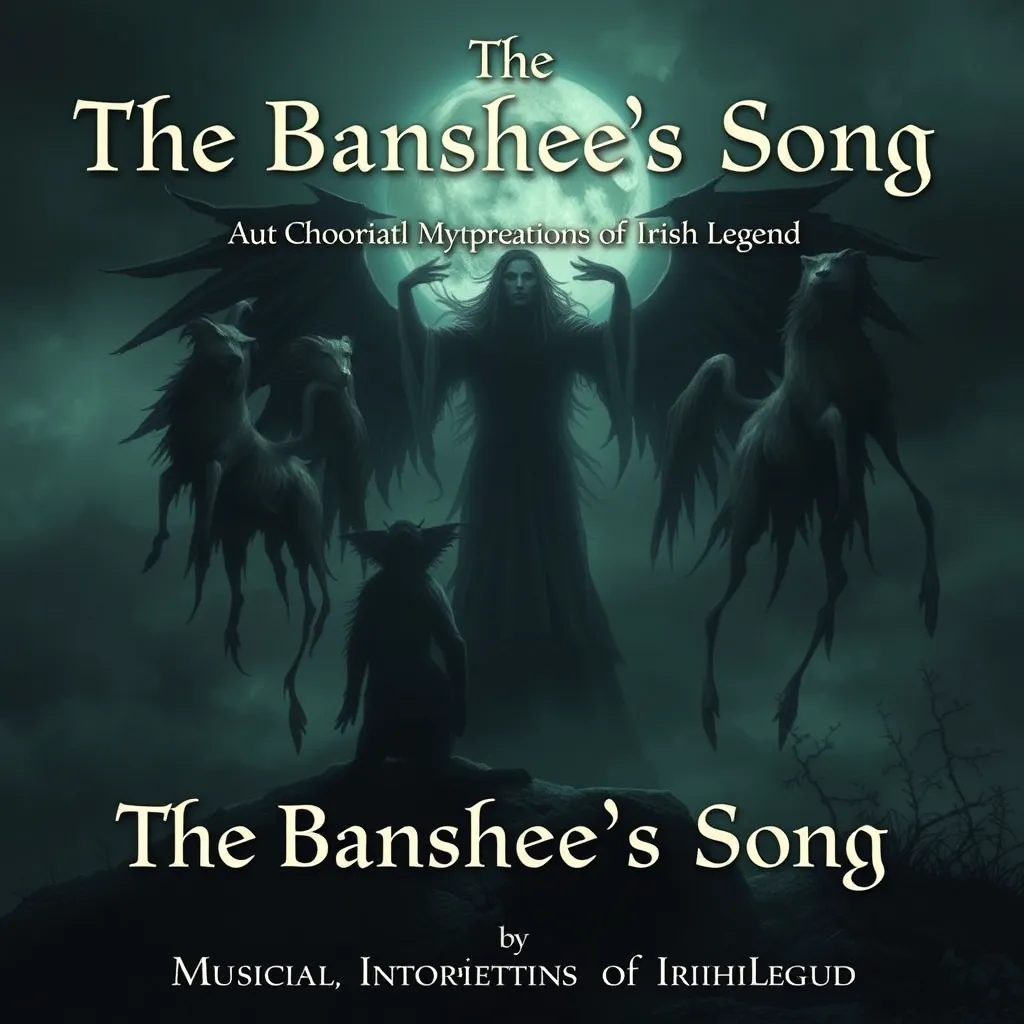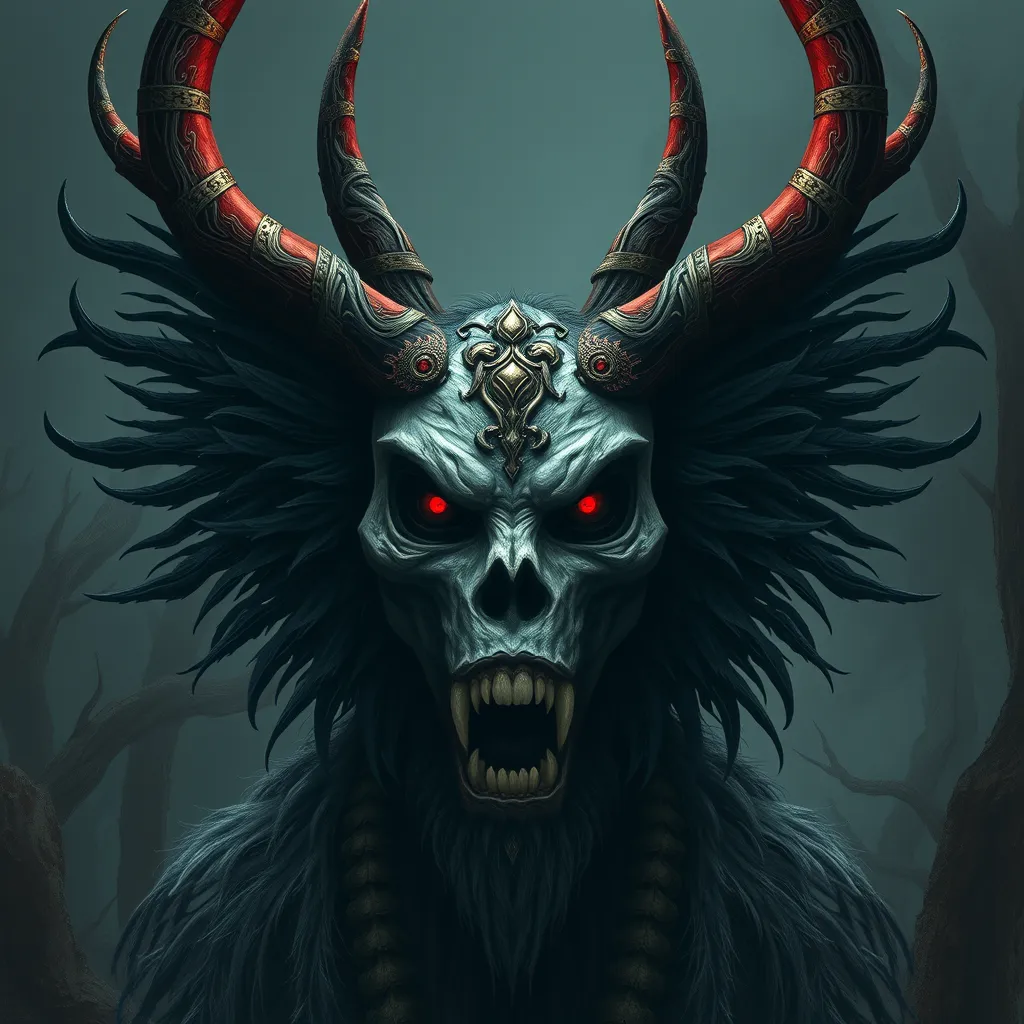Echidna’s Curse: Exploring the Serpent-Woman’s Influence on the Fate of Her Offspring
Introduction to Echidna’s Mythology
Echidna, often referred to as the “Mother of Monsters,” holds a significant place in Greek mythology. She is depicted as a fearsome creature, part woman and part serpent, embodying the duality of nature—both nurturing and terrifying. As the consort of Typhon, the monstrous storm giant, Echidna’s role extends beyond mere progenitor of beasts; she symbolizes the chaotic forces of nature and the fears that humanity has long associated with the unknown.
Through her offspring, Echidna contributes to the rich tapestry of mythical narratives, where her monstrous progeny often serve as antagonists to heroes, reflecting the societal fears and values of ancient Greece. The exploration of Echidna’s character reveals the complexities of motherhood and the burdens that come with such a role.
Echidna: The Serpent-Woman Archetype
Echidna’s physical attributes are striking: she is often depicted with the upper body of a beautiful woman and the lower body of a serpent, embodying both allure and danger. This duality is symbolic of the maternal archetype—she represents the nurturing aspect of motherhood while simultaneously being a harbinger of destruction. Her character challenges the binary notions of good and evil, illustrating that motherhood can encompass both love and fear.
This archetype has deep roots in various cultures, where female figures often embody the complexities of creation and destruction. Echidna’s existence as a serpent-woman encapsulates the idea that motherhood can yield both life and death, beauty and horror.
The Offspring of Echidna: A Legacy of Monsters
Echidna’s offspring are legendary, each contributing uniquely to the mythological landscape of ancient Greece. Some of her notable children include:
- Chimera: A fire-breathing creature with the body of a lion, the head of a goat, and a serpent for a tail, symbolizing the fear of the unpredictable.
- Cerberus: The three-headed dog that guards the gates of the Underworld, representing the inescapability of death.
- Hydra: A serpent-like creature with multiple heads that regenerate when cut off, embodying the idea of resilience and the difficulty of overcoming obstacles.
- Scylla: A monster that terrorizes sailors, showcasing the dangers that lurk in the unknown waters.
- Charybdis: A sea monster that creates whirlpools, illustrating the chaotic forces of nature.
These offspring not only serve as formidable foes for heroes but also reflect societal fears—fear of chaos, death, and the unknown. Each monster embodies aspects of the human experience, providing insight into the values and apprehensions of the time.
The Curse of Maternal Influence
The concept of a “curse” in relation to motherhood in mythology often signifies the burdens and expectations placed upon maternal figures. In Echidna’s case, her curse lies in the monstrous nature of her children. The very essence of her being—one that blends nurturing with destruction—implies that her influence shapes the destinies of her offspring.
Echidna’s children inherit not just her physical attributes but also her complex legacy. Their fates are often intertwined with the heroes they encounter, and the struggles they represent echo the fears of their mother’s monstrous nature. The curse of maternal influence in this context reveals how the expectations and traits of a mother can profoundly impact the life paths of her children.
Cultural Interpretations of Echidna’s Legacy
Throughout history, Echidna has been interpreted in various artistic and literary forms. From ancient pottery depicting her monstrous progeny to modern adaptations in literature and film, Echidna’s legacy continues to fascinate. She is often portrayed as a formidable figure, both feared and revered.
Comparatively, other maternal figures in mythology, such as Gaia or Hera, also embody complexities similar to Echidna. Both goddess figures possess nurturing qualities but are also associated with vengeance and the enforcement of cosmic order. The parallels drawn between these figures highlight the multifaceted nature of motherhood in mythology, encompassing both creation and destruction.
The Role of Gender in Echidna’s Story
The depiction of Echidna raises important questions about gender dynamics in mythology. While many female figures are often relegated to the roles of passive supporters or villains, Echidna stands out as an active and powerful force. Her character challenges traditional gender roles, showcasing a woman who embraces her monstrous identity.
This portrayal invites a re-examination of how female figures are represented in mythology and society. Echidna’s strength and agency contrast with the more passive roles often assigned to women, providing a nuanced perspective on femininity and power.
Modern Relevance of Echidna’s Curse
Echidna’s story resonates with contemporary discussions surrounding motherhood, heritage, and the legacies that individuals inherit from their parents. The narrative of Echidna reflects the complexities of maternal influence, where the traits and burdens of a mother can shape the destinies of their children in profound ways.
In today’s society, discussions about the expectations placed on mothers, the challenges of parenting, and the struggles of living up to familial legacies echo Echidna’s myth. Her story serves as a metaphor for the dual nature of motherhood—where nurturing can coexist with the weight of expectations and the potential for destructive outcomes.
Conclusion: The Enduring Influence of Echidna
Echidna’s impact on mythology is far-reaching, as her offspring’s fates intertwine with the narratives of heroes and monsters alike. Through her character, we gain insight into the complexities of maternal influence, the burdens of legacy, and the duality of creation and destruction.
Ultimately, Echidna’s story is a reminder of the intricate relationships between mothers and their children, where love and fear coexist, and where the legacies we inherit can shape our destinies in unexpected ways. The enduring influence of Echidna invites us to reflect on the complexities of motherhood and the powerful stories that emerge from these relationships.




